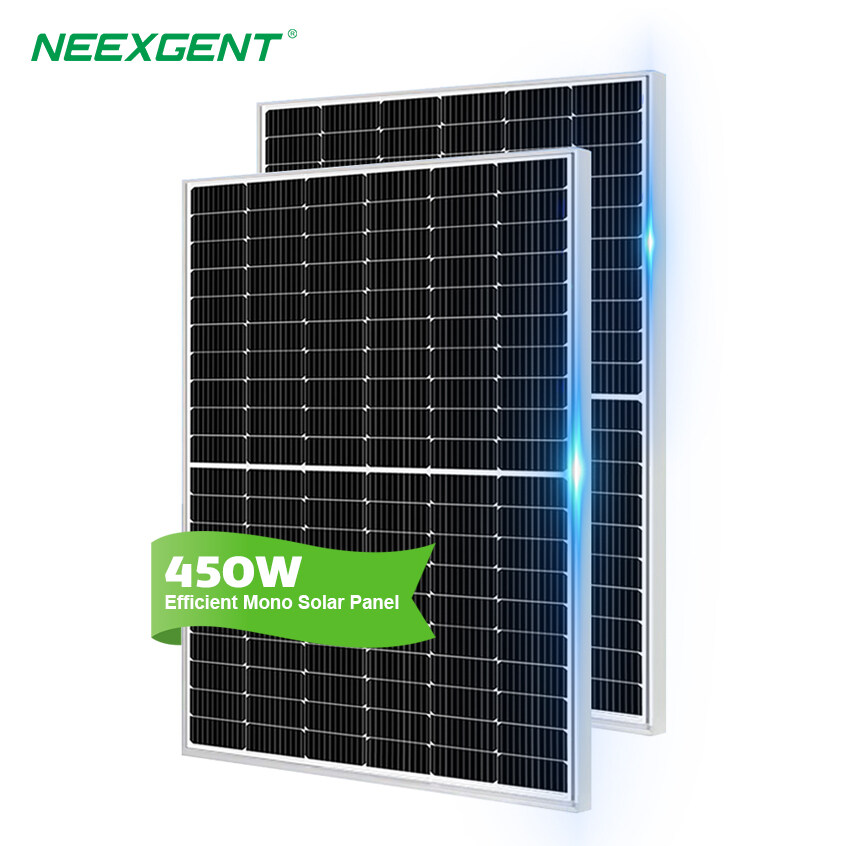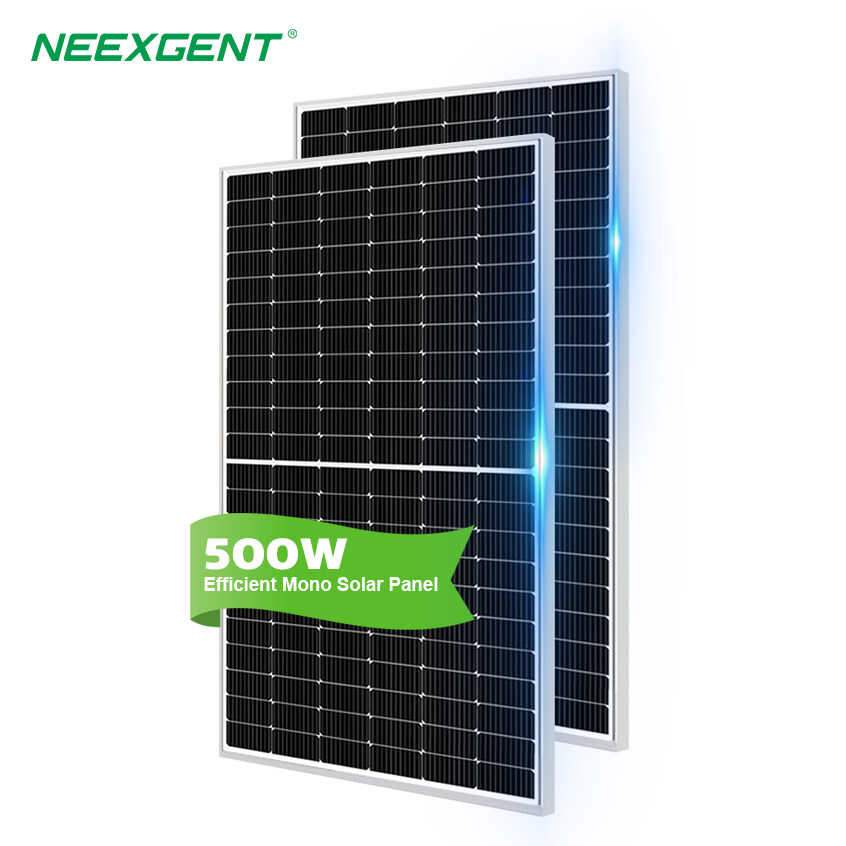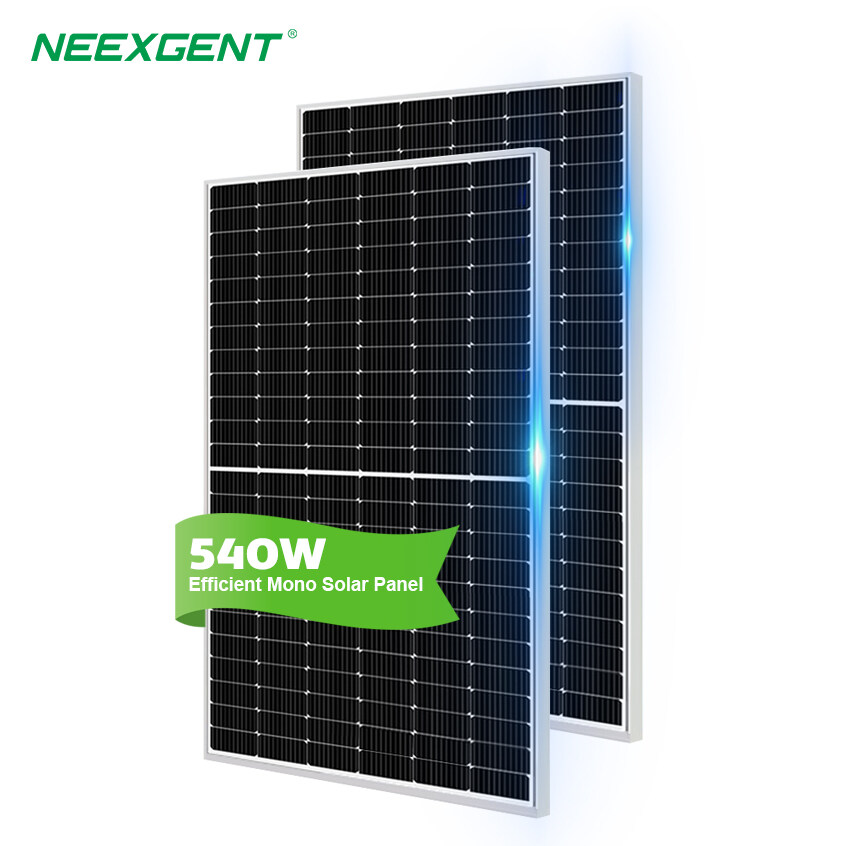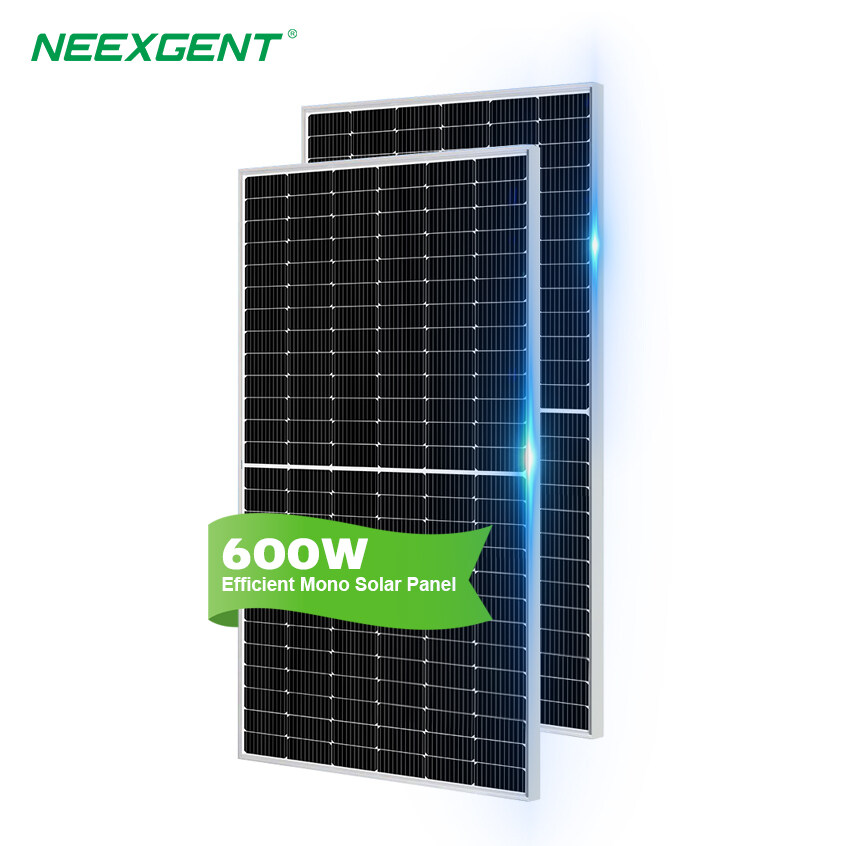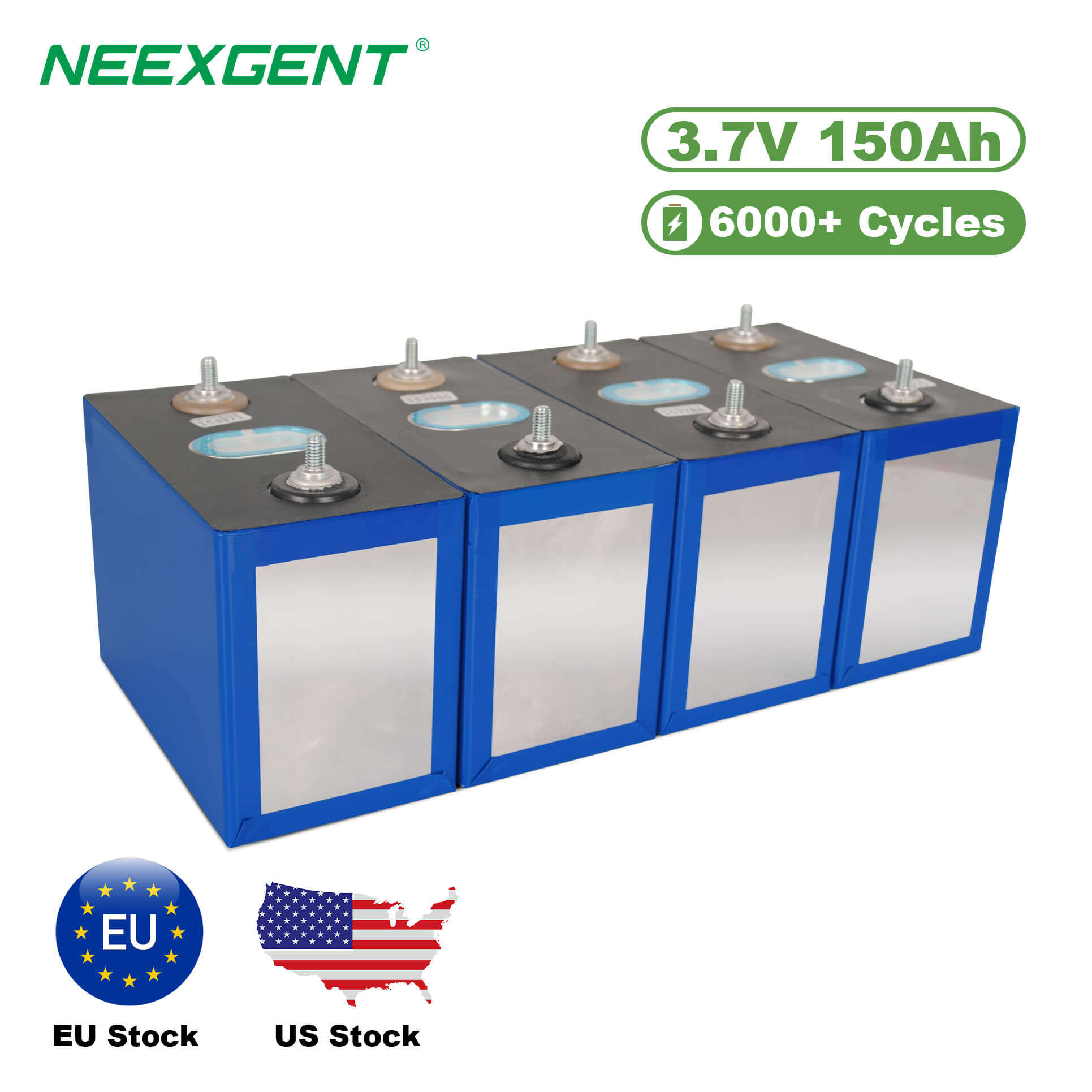
Lithium iron phosphate (LiFePO4) batteries are becoming increasingly popular as a reliable and cost-effective energy storage solution for a wide range of applications. They are particularly well-suited for use in electric vehicles, renewable energy systems, and other high-power applications. However, with so many different LiFePO4 batteries on the market, it can be challenging to choose the right one for your needs. In this article, we will explore how to choose a good LiFePO4 battery.
1. Capacity
One of the most critical factors to consider when choosing a LiFePO4 battery is its capacity. The battery's capacity determines the amount of energy it can store and is measured in ampere-hours (Ah). The capacity you need will depend on your energy requirements, so it is essential to consider how much power you will need and for how long. If you are powering a small device, such as a flashlight or a smartphone, a battery with a capacity of around 500mAh may be sufficient. However, if you are powering a larger device, such as an electric vehicle or a home energy storage system, you may need a battery with a capacity of several hundred or even several thousand Ah.
2. Voltage
LiFePO4 batteries have a nominal voltage of 3.2 volts per cell. Therefore, it is essential to choose a battery with a voltage that matches your system voltage. If you are using a battery to power a device with a specific voltage requirement, such as a 12-volt motor, you may need to connect multiple batteries in series to achieve the required voltage.
3. Cycle Life
Another essential factor to consider is the cycle life of the battery. Cycle life refers to the number of charge and discharge cycles a battery can undergo before its capacity is significantly reduced. A good quality LiFePO4 battery should have a cycle life of between 2000 and 6000 cycles. Batteries with shorter cycle lives will need to be replaced more frequently, which can be costly and time-consuming.
High cycle life: LiFePO4 batteries are known for their high cycle life, typically lasting over 2000 charge and discharge cycles at 80% depth of discharge (DOD), although some LiFePO4 batteries can last up to 6000 cycles or more depending on their quality and usage.
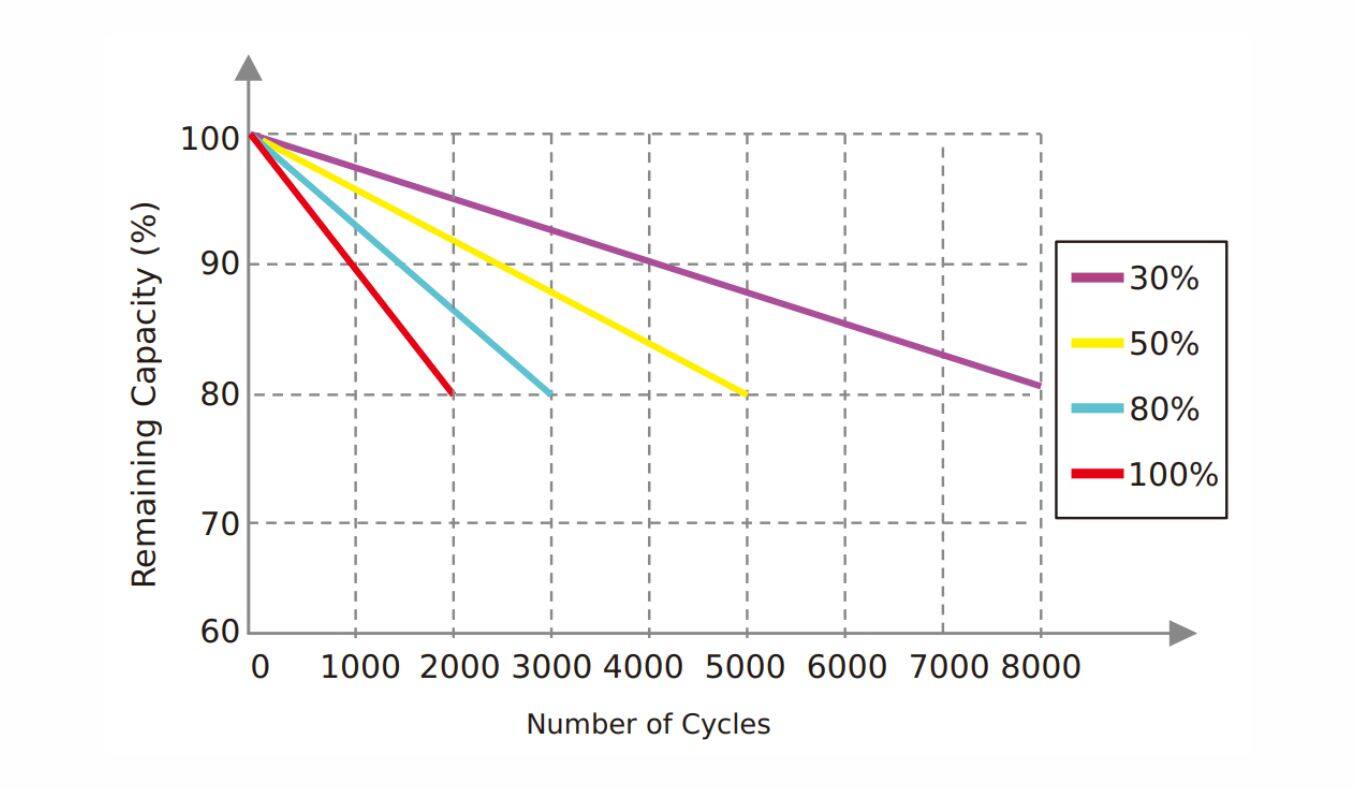
1)Consistent performance: LiFePO4 batteries maintain consistent performance throughout their cycle life,
which means that they retain their capacity and voltage even after multiple charge and discharge cycles.
2)Low self-discharge rate: LiFePO4 batteries have a low self-discharge rate, which means they can retain
their charge for a longer period of time when not in use. This makes them suitable for applications where
the battery is used infrequently or needs to be stored for long periods.
3)Fast charging: LiFePO4 batteries can be charged at a higher rate compared to other types of batteries,
allowing for faster charging times. However, it's important to use a charger that's designed for
LiFePO4 batteries to avoid damaging the battery.
4)Safe operation: LiFePO4 batteries are considered to be safer than other types of batteries, as they are
less prone to thermal runaway, which can occur when the battery overheats during charging or discharging.
Overall, the cycle life of a LiFePO4 battery is a key feature that makes them suitable for a wide range of applications, including electric vehicles, solar energy storage, and backup power systems.
4. Charging Time
The charging time of the battery is also an important consideration. Choose a battery that can be charged quickly to save time. Some batteries can be charged in as little as an hour, while others may take several hours or even days to charge fully.

1)Capacity of the battery: The larger the capacity of the battery, the longer it will take to charge.
For example, a 100Ah LiFePO4 battery will take longer to charge than a 50Ah LiFePO4 battery.
2)Charging rate: The charging rate of the battery also affects the charging time. The charging rate
is usually expressed as a percentage of the battery's capacity, and the higher the charging rate,
the faster the battery will charge. However, charging a battery at a higher rate may reduce its lifespan,
so it's important to follow the manufacturer's recommendations for the optimal charging rate.
3)Charging method: There are different methods of charging LiFePO4 batteries, including constant
current charging, constant voltage charging, and a combination of the two. Each method has its own
advantages and disadvantages and can affect the charging time.
In general, a LiFePO4 battery can take anywhere from 2-6 hours to charge fully, depending on the factors mentioned above. It's important to follow the manufacturer's recommendations for charging to ensure the battery is charged safely and effectively.
5. Safety
Safety is always a crucial consideration when working with batteries, and LiFePO4 batteries are no exception. Look for batteries with built-in safety features such as overcharge, over-discharge, and short-circuit protection. These features will help prevent the battery from being damaged or overheating, which can be dangerous.
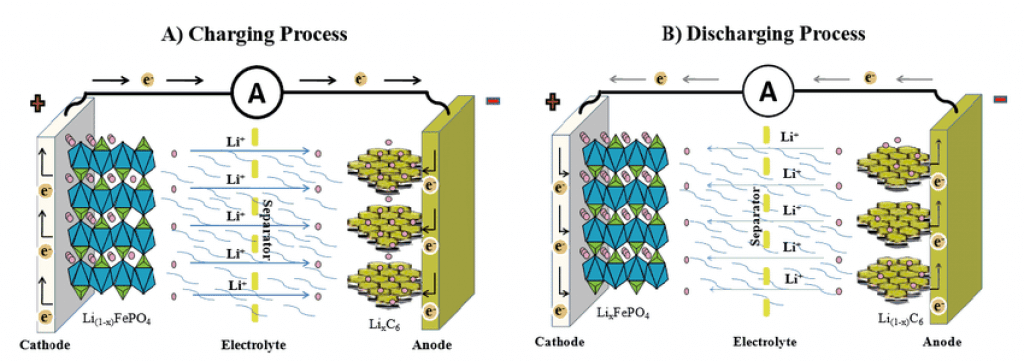
Here are some common safety issues associated with LiFePO4 batteries:
1)Overcharging: Overcharging can lead to the generation of gas, which can cause the battery
to swell and even rupture in extreme cases.
2)Overheating: LiFePO4 batteries can generate heat when charging or discharging, and if this
heat is not dissipated effectively, it can cause the battery to overheat and catch fire.
3)Short circuit: Short circuits can occur if the battery's positive and negative terminals come into
contact with each other, or if the battery is punctured or damaged.
4)Mechanical damage: Physical damage to the battery, such as crushing or puncturing, can cause
internal short circuits, which can lead to overheating and, in extreme cases, fires or explosions.
To mitigate these safety issues, it's essential to follow the manufacturer's recommended charging and discharging procedures and avoid exposing the battery to extreme temperatures or physical damage. Additionally, using high-quality chargers and battery management systems can help monitor the battery's performance and prevent overcharging or overheating.
6. Brand Reputation
Choosing a battery from a reputable brand that has a proven track record of producing high-quality batteries is also important. A good brand will stand behind their product, offer warranties, and provide customer support in case of any issues. Do your research and read reviews to find a brand that you can trust.

7. Price
Finally, consider the price of the battery. LiFePO4 batteries can vary in price depending on the capacity, cycle life, and other features. While it is tempting to choose the cheapest option, it is important to consider the overall value for money. A battery with a higher price may have a longer cycle life, faster charging time, and better safety features, making it a more cost-effective option in the long run.
In conclusion, when choosing a LiFePO4 battery, consider the capacity, voltage, cycle life, charging time, safety features, brand reputation, and price. By carefully considering these factors, you can choose a good quality battery that meets your requirements, is reliable and safe to use, and provides excellent value for money.Energy crisis will lead to new power revolution and bring into new energy generation. Neexgent LiFePO4 battery are coming!

